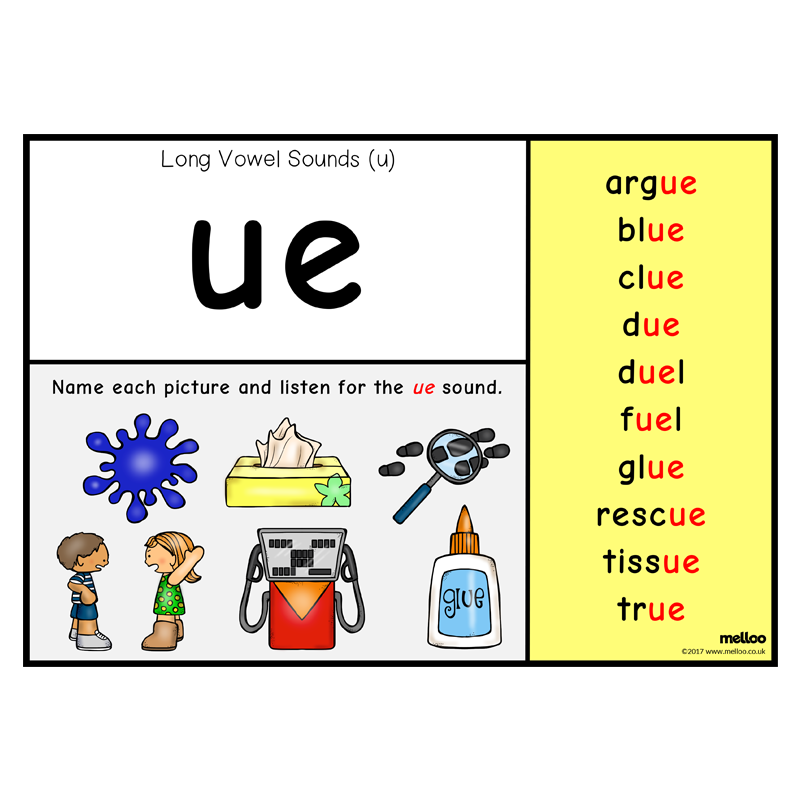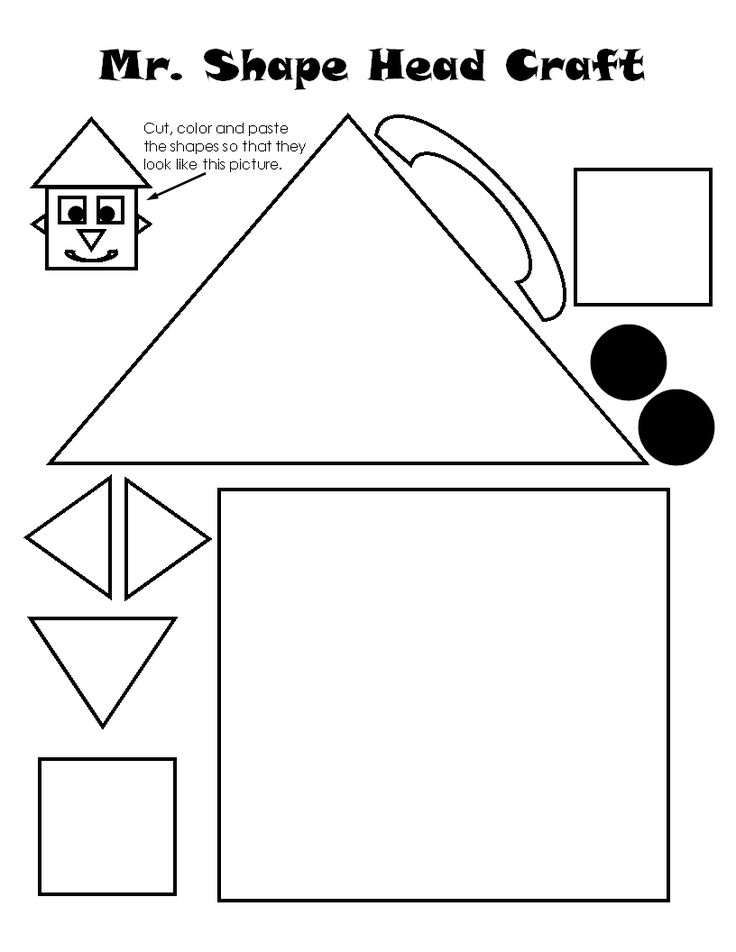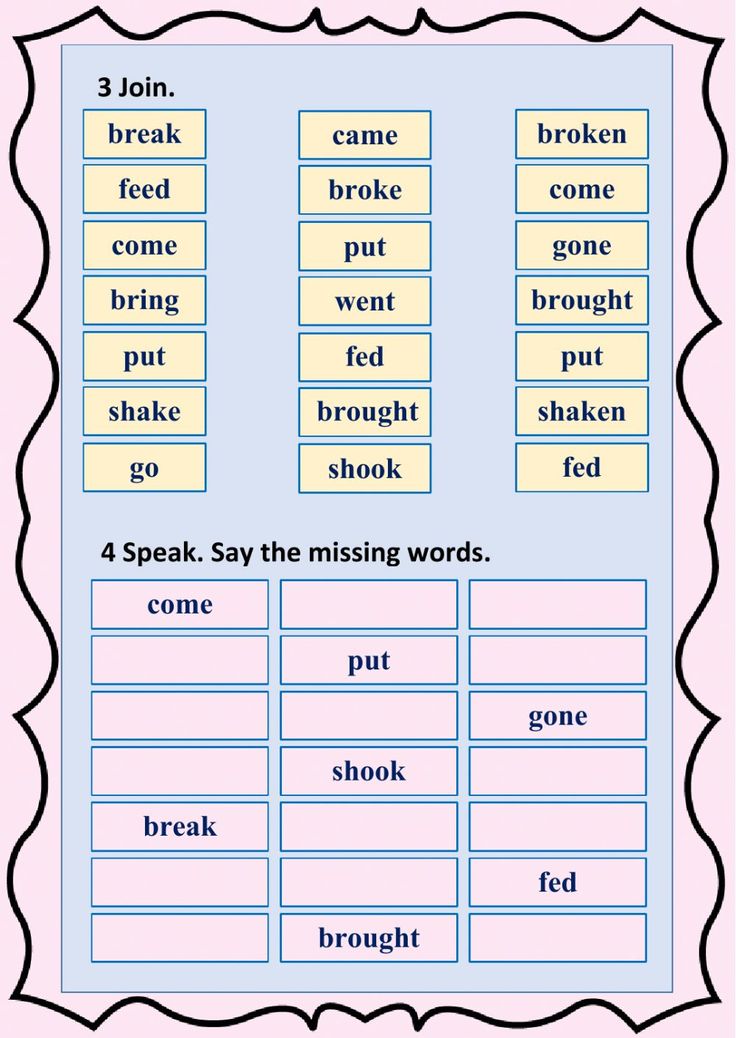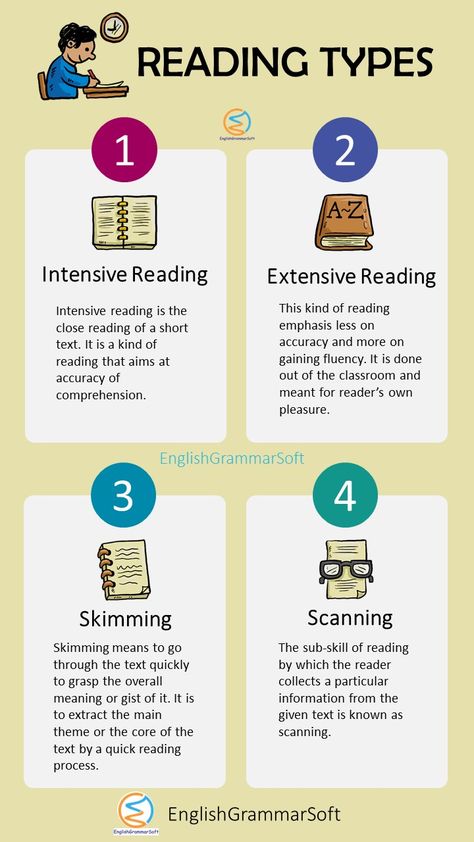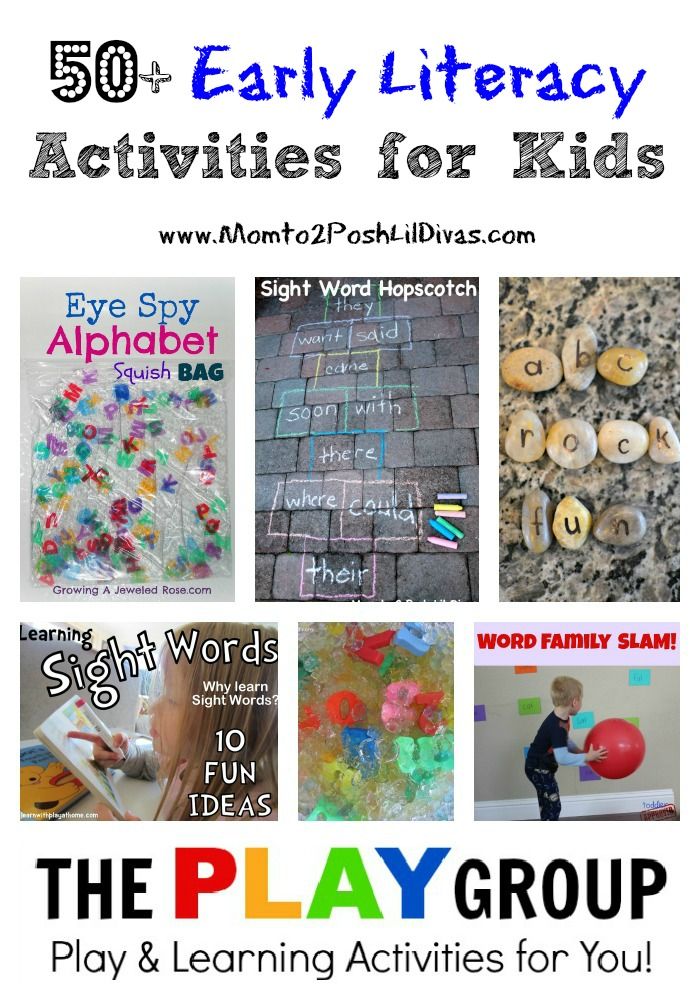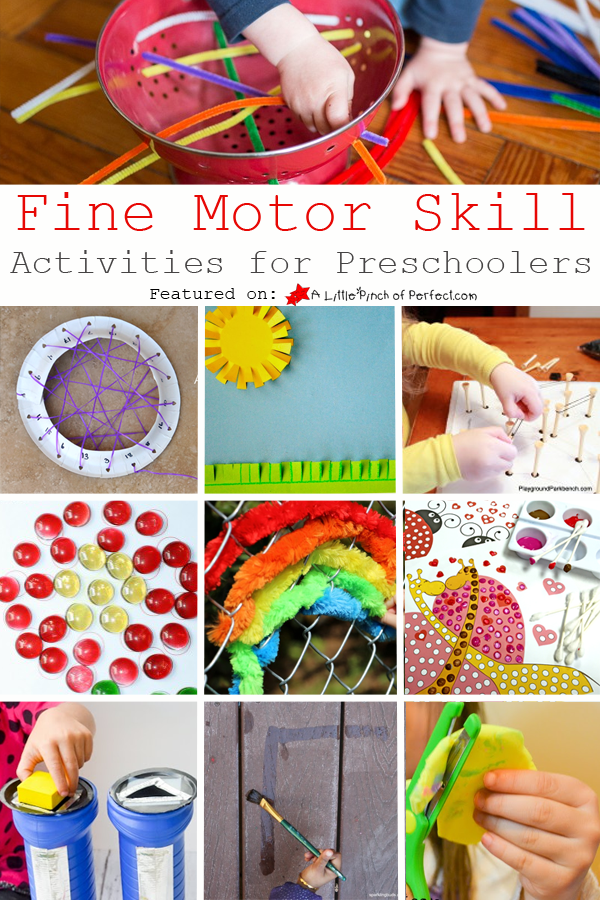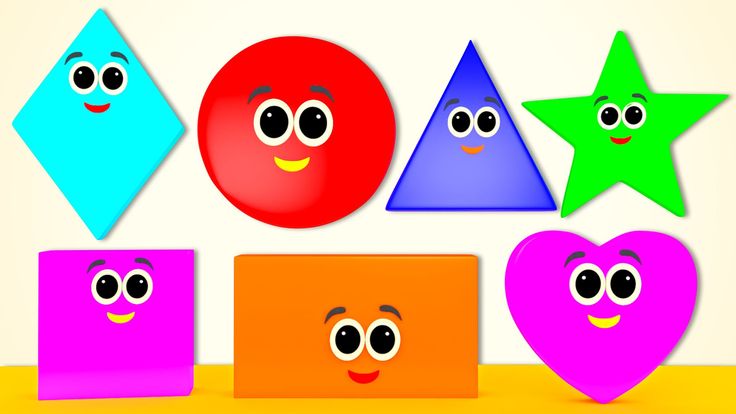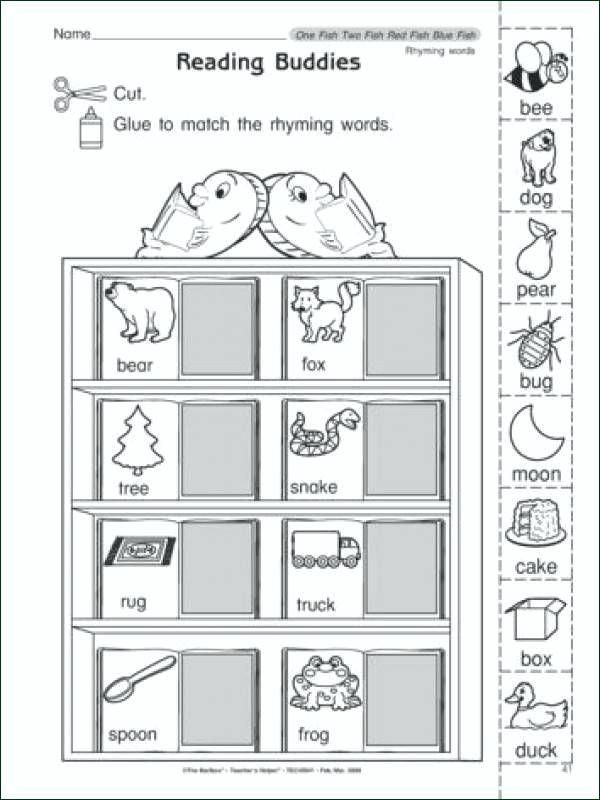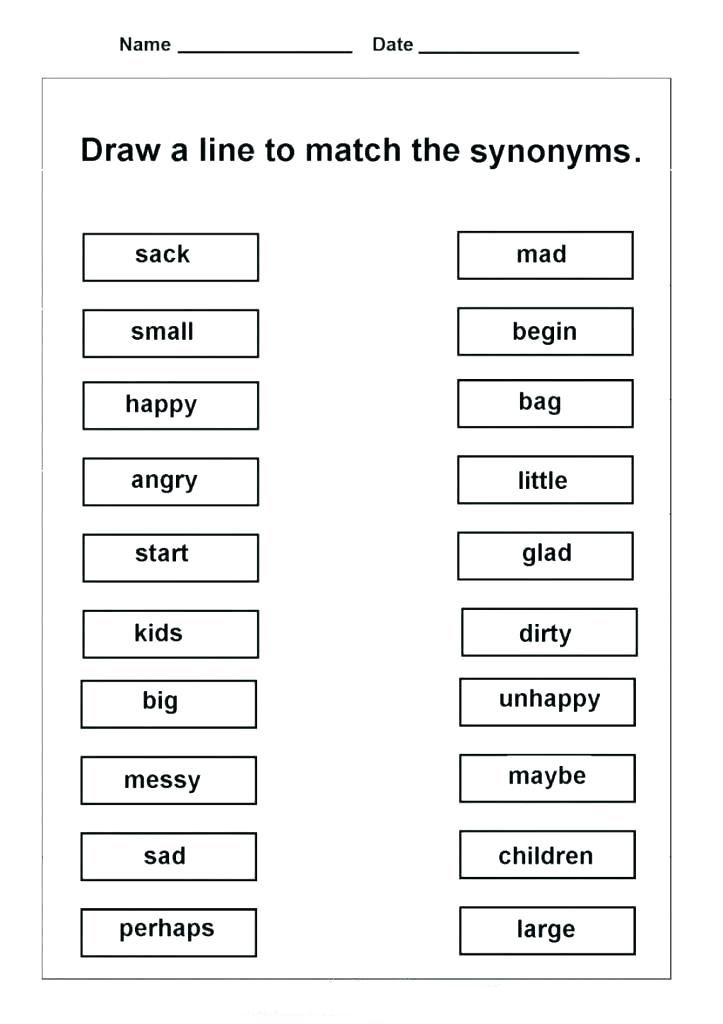Letter sound associations
Literacy Instruction for Individuals with Autism, Cerebral Palsy, Down Syndrome, and Other Disabilities
What are letter-sound correspondences?
Letter-sound correspondences involve knowledge of
- the sounds represented by the letters of the alphabet
- the letters used to represent the sounds
Top
Why is knowledge of letter-sound correspondences important?
Knowledge of letter-sound correspondences is essential in reading and writing
- In order to read a word:
- the learner must recognize the letters in the word and associate each letter with its sound
- In order to write or type a word:
- the learner must break the word into its component sounds and know the letters that represent these sounds.
Knowledge of letter-sound correspondences and phonological awareness skills are the basic building blocks of literacy learning.
These skills are strong predictors of how well students learn to read.
Top
What sequence should be used to teach letter-sound correspondence?
Letter-sound correspondences should be taught one at a time. As soon as the learner acquires one letter sound correspondence, introduce a new one.
We suggest teaching the letters and sounds in this sequence
- a, m, t, p, o, n, c, d, u, s, g, h, i, f, b, l, e, r, w, k, x, v, y, z, j, q
This sequence was designed to help learners start reading as soon as possible
- Letters that occur frequently in simple words (e.g., a, m, t) are taught first.
- Letters that look similar and have similar sounds (b and d) are separated in the instructional sequence to avoid confusion.
- Short vowels are taught before long vowels.
- Lower case letters are taught first since these occur more frequently than upper case letters.
The sequence is intended as a guideline. Modify the sequence as required to accommodate the learner’s
- prior knowledge
- interests
- hearing
Top
Is it appropriate to teach letter names as well as letter sounds?
Start by teaching the sounds of the letters, not their names. Knowing the names of letters is not necessary to read or write. Knowledge of letter names can interfere with successful decoding.
Knowing the names of letters is not necessary to read or write. Knowledge of letter names can interfere with successful decoding.
- For example, the learner looks at a word and thinks of the names of the letters instead of the sounds.
Top
Sample goal for instruction in letter-sound correspondences
The learner will
- listen to a target sound presented orally
- identify the letter that represents the sound
- select the appropriate letter from a group of letter cards, an alphabet board, or a keyboard with at least 80% accuracy
Top
Instructional Task
Here is an example of instruction to teach letter-sound correspondences
- The instructor
- introduces the new letter and its sound
- shows a card with the letter m and says the sound “mmmm”
After practice with this letter sound, the instructor provides review
- The instructor
- says a letter sound
- The learner
- listens to the sound
- looks at each of the letters provided as response options
- selects the correct letter
- from a group of letter cards,
- from an alphabet board, or
- from a keyboard.

Top
Instructional Materials
Various materials can be used to teach letter-sound correspondences
- cards with lower case letters
- an alphabet board that includes lower case letters
- a keyboard adapted to include lower case letters
Here is an example of an adapted keyboard that might be used for instruction once a student knows many of the letter-sound correspondences.
The learner must
- listen to the target sound – “mmmm”
- select the letter – m – from the keyboard
Top
Instructional Procedure
The instructor teaches letter-sound correspondences using these procedures:
- Model
- The instructor demonstrates the letter-sound correspondence for the learner.
- Guided practice
- The instructor provides scaffolding support or prompting to help the learner match the letter and sound correctly.
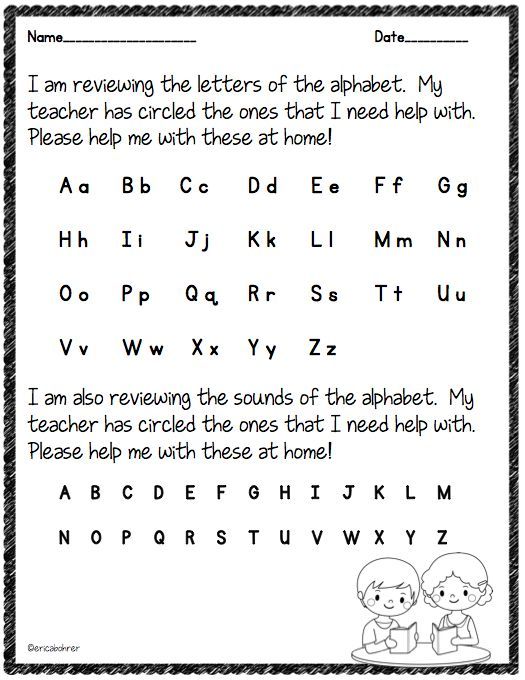
- The instructor gradually fades this support as the learner develops competence.
- The instructor provides scaffolding support or prompting to help the learner match the letter and sound correctly.
- Independent practice
- The learner listens to the target sound and selects the letter independently.
- The instructor monitors the learner’s responses and provides appropriate feedback.
Top
Student Example
Krista is 8 years old in this video
- Krista has multiple challenges, including a hearing impairment, a visual impairment, and a motor impairment. She also has a tracheostomy.
- We started to work with Krista when she was 8 years old. At that time, she was in a special education class at school and was not receiving literacy instruction.
- She uses sign approximations to communicate with others. She also uses a computer with speech output (a Mercury with Speaking Dynamically Pro software). Because of her hearing impairment, she does best when she receives augmented input (sign and speech).
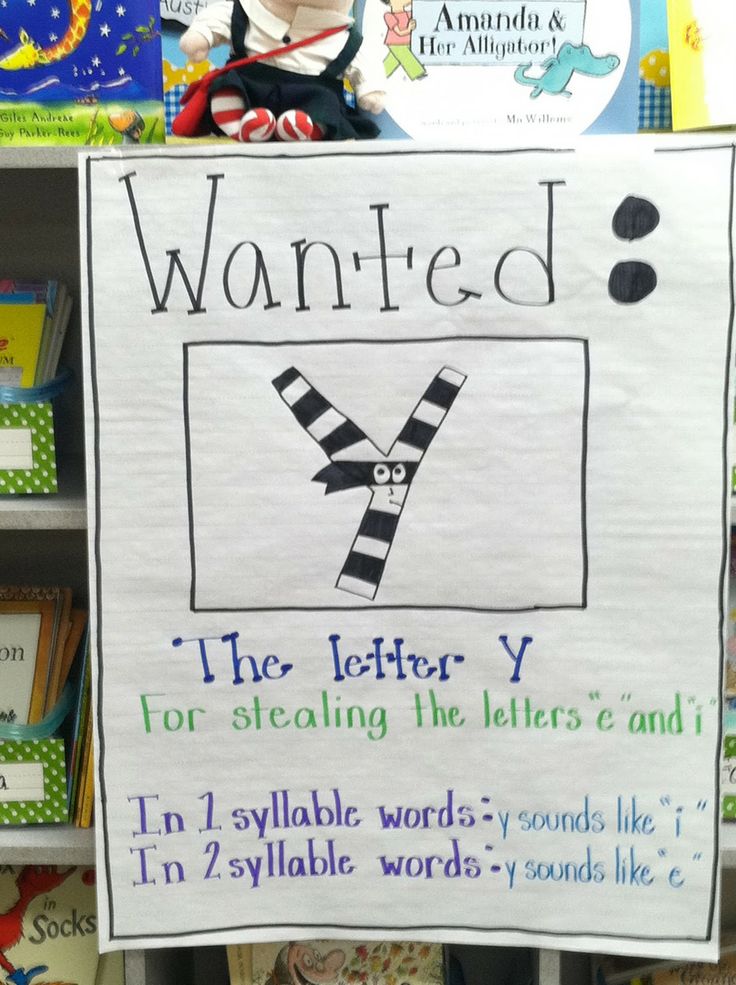
- This video was taken after 3 weeks of instruction.
- Krista is learning letter-sound correspondences. So far she has been introduced to the letter sounds for m and b
- Janice is providing instruction; Marissa, a graduate student at Penn State, is learning about literacy instruction and helping to collect data; and Krista’s parents and nurse are watching the session, excited about her progress.
- Janice
- provides an array of letter cards as response options
- says one of the target letter sounds
- Krista
- listens to the sound
- points to the letter that makes the target sound
- After 3 weeks (approximately 3 hours) of instruction, Krista has successfully learned the letter sounds – m and b.
- Over the next months, we introduced the other letter sounds gradually. We also worked on recognition of high interest sight words, decoding skills, and shared reading activities.
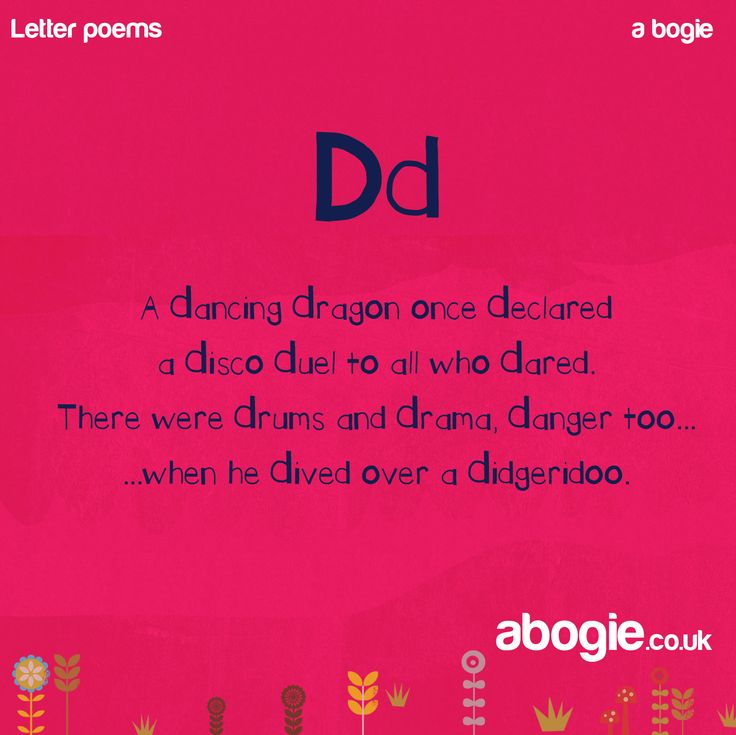
- Krista made excellent progress in all activities. Click to learn more about Krista’s success learning literacy skills despite the many challenges she faced.
Top
Pointers
There are a wide range of fonts. These fonts use different forms of letters, especially the letter a.
- Initially use a consistent font in all instructional materials
- Later, as the learner develops competence, introduce variations in font.
Top
Last Updated: February 19, 2019
6 Fun Letter-Sound Correspondence Games For Young Readers
What Is Letter-Sound Correspondence?
Letter-sound correspondence means exactly what the words say: It is the understanding that every letter corresponds to a specific sound or set of specific sounds.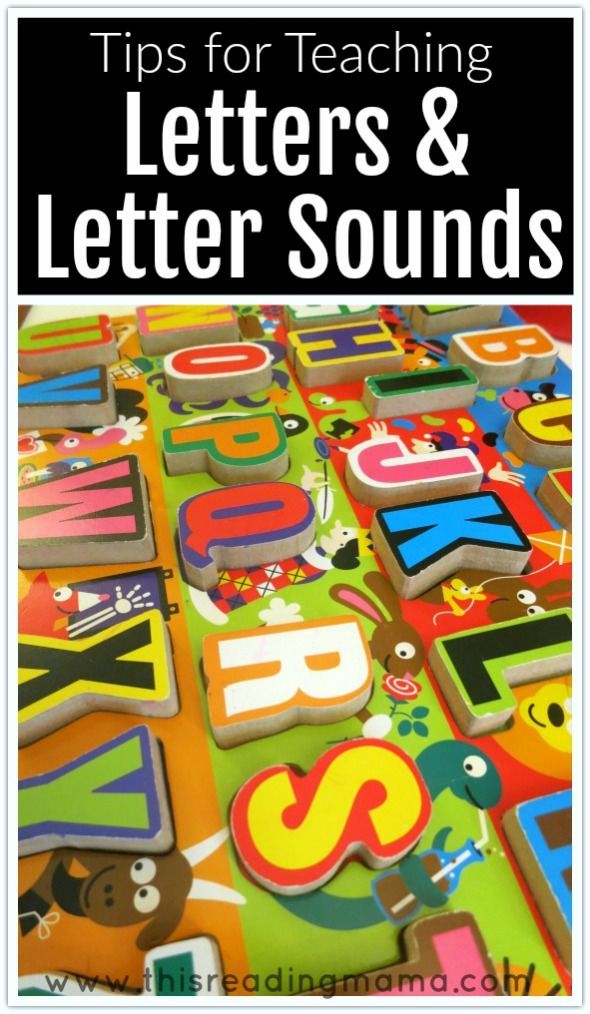
Having a good grasp of letter-sound correspondence is crucial to learning to read. Think back to when you were learning to read. You were probably told to “sound out” words that were hard for you.
This was a good suggestion, but it required your knowing the letter sounds so that you could, sound-by-sound, figure out the unknown word.
That’s because letter-sound correspondence is at the heart of phonics and is the key to cracking the alphabetic code.
Is Learning Letter-Sound Correspondence Important?
This question gets an enthusiastic “yes” from us!
Without a solid understanding of letter-sound correspondence, children will struggle to learn how to read. They can end up relying on memorizing words, which will only work for a short time.
In order to read, then, your child must first see letters in a word, match each letter to a sound, and then blend those sounds to read the word. Eventually, this becomes automatic and reading becomes fluent.
We all know that a rock-solid foundation in the basics will encourage confidence, something your child will need in their toolbelt as they embark on their journey to becoming a strong, independent reader!
6 Fun And Easy Letter-Sound Correspondence Activities
1) Say The Sound
This first activity is simple but fun and effective!
To begin, you’ll give your child a letter. Feel free to use any kind of letter you want — cut one out of cardstock, draw one on a piece of paper, etc. — but those magnetic letters that stick on the fridge may work best.
Feel free to use any kind of letter you want — cut one out of cardstock, draw one on a piece of paper, etc. — but those magnetic letters that stick on the fridge may work best.
The goal of the game is for your child to say the sound that matches the letter you hand them. (Hint: you may have to remind your child not to use the letter name but only the letter sound.)
If they say the right sound, they get a point!
To make it more interesting, you can set a specific number of points for your child to reach. Once they reach 10 points, for example, they win the game!
2) Goldfish Toss
For this activity, your child can get a little more physical! If you’d like to give it a try, gather a big bowl and a pile of Goldfish treats (or any other small snack that’s easy to toss if you don’t have Goldfish crackers on hand).
When you’re ready to begin, say the name of a letter and let your child give the matching sound. When they say the correct letter sound, they get to throw a Goldfish cracker into the bowl.
The goal is to fill up the bowl with as many Goldfish as they can. And at the end of the game, you can go straight into snack time!
3) Letter Hop
The best part of this activity is that it gets your child moving and jumping. Not only will their brain be working, but their body will be, too!
For this game, you’ll need several target letters — B, T, and M for instance. Write each one on its own sheet of paper.
To begin, hold up one of the letters and say a sound. If the sound you said matches the letter you’re holding, then your child can make one giant hop toward you. Continue with another letter or repeat the same letter.
As your child gets better at the game, you can say a word instead of a sound. If the first sound in the word matches the letter you’re holding, then your child gets to hop.
The goal is to reach you in less than 10 turns. For even more fun, involve multiple kids and see who can reach you first!
4) Letter-Sound Treasure Hunt
This activity is another simple but effective one.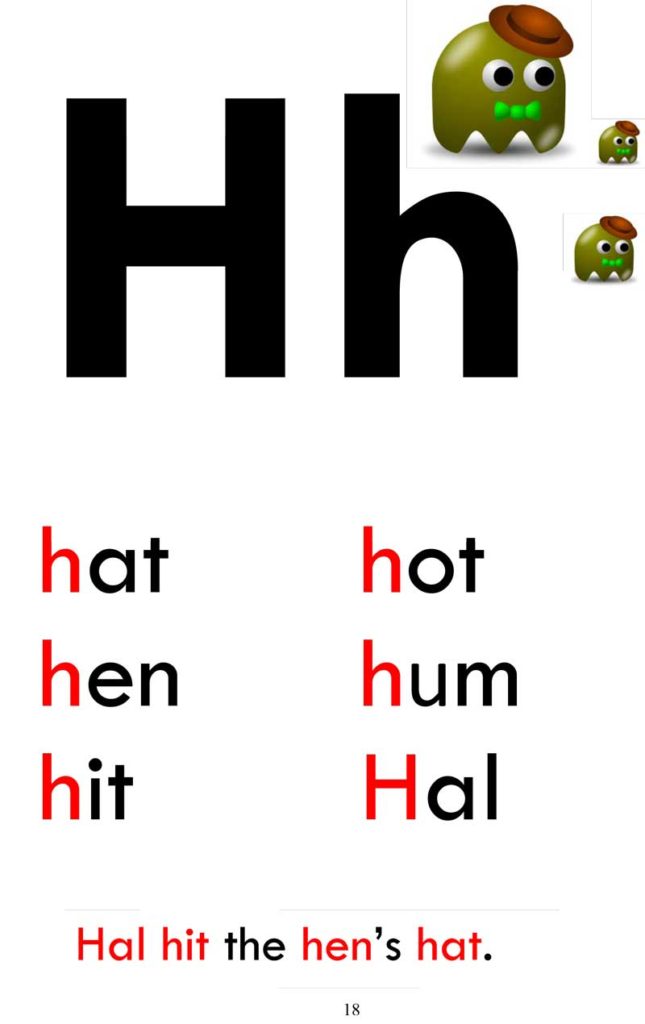 It’s like your child’s very own letter-sound correspondence treasure hunt!
It’s like your child’s very own letter-sound correspondence treasure hunt!
To play, you’ll need several magnetic letters and a pillowcase. Drop all of the letters into the pillowcase, and then say a letter sound.
The goal is for your child to grab one letter at a time — for more of a challenge, doing so without looking! — until they pull the matching letter out of the bag.
5) Limbs And Letters, Oh My!
For this game, your child won’t just hear the letter-sound correspondence with their ears. They’ll make it with their arms and legs, too!
Every time you say a letter sound, your child will try their hardest to twist their body to make the shape of the letter that matches the sound they heard. This is sure to end in fits of laughter as they wiggle across the floor to bend their body into an “S” shape.
You can take turns making shapes with your bodies and contorting yourselves to look just like the alphabet! And feel free to partner up if your child can’t quite make the shape of a letter with only their body.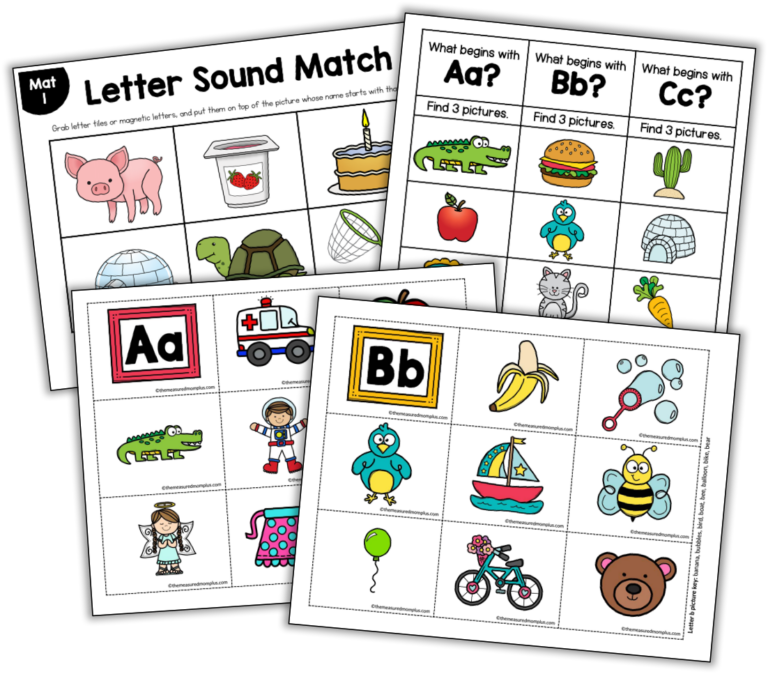
6) Muffin Pan Challenge
If you’re interested in trying this activity, you’ll need six letters, a muffin pan, and two sets of different small objects (coins and paper clips work great!).
To play, you will use one of the objects, while your child uses the other. You could be coins and your child could be paperclips, for example.
Place a different letter in each cup of the muffin pan. Say the sound of one of the letters and let your child try to drop a paperclip into the right cup. If they succeed, they get to claim that cup!
Next, your child can say the sound of one of the letters and have you toss a coin into the corresponding cup. (It doesn’t hurt if you have a LOT of trouble getting your coin in the right cup!) When you get the letter correct, you claim the cup.
When all the cups are full, whoever has the most items in the pan wins. And then, while you’ve got it out, maybe you can use the muffin pan to make a sweet treat together!
Letter-Sound Correspondence For A Bright Future
We hope that these activities were helpful! Remember, all children are unique.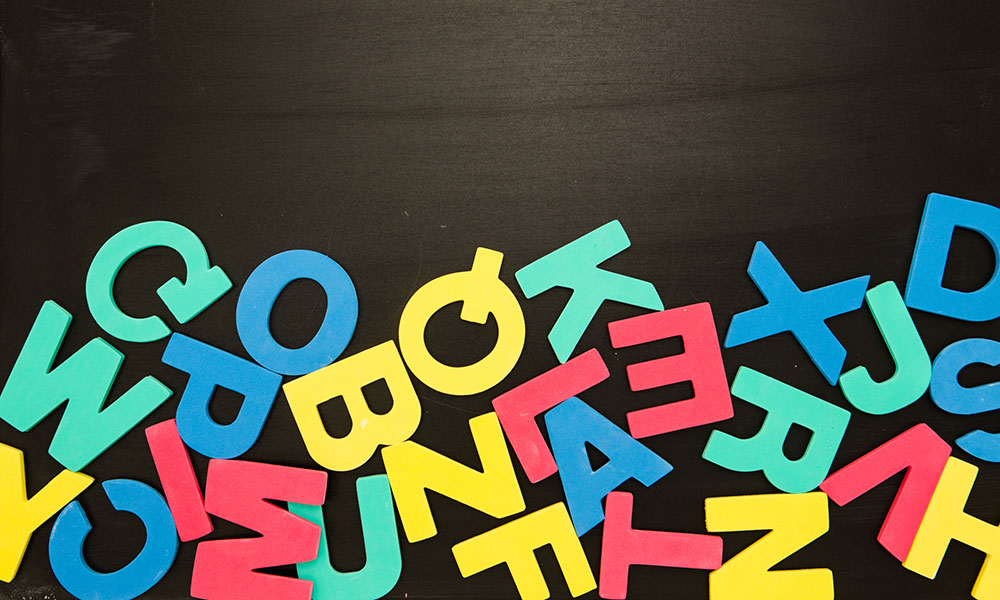 A letter-sound correspondence game that works for one of your children may not do the trick with their siblings.
A letter-sound correspondence game that works for one of your children may not do the trick with their siblings.
Don’t fret! There’s a perfect fit for every child. And we know that with you guiding them, your child will master letter-sound correspondence in no time!
At HOMER, we’re always here to lend a helping hand, and we would love to be a part of your routine! Our Learn & Grow app offers tons of personalized, effective activities to develop your child’s reading skills — letter-sound correspondence included!
Author
Figurative and sound associations for memorizing vocabulary words. | Article on the Russian language on the topic:
One of the difficult topics in the study of spelling in elementary school is the topic of learning words with an unstressed vowel at the root of the word, not checked by stress. Primary school students must memorize a large number of words with unchecked spellings.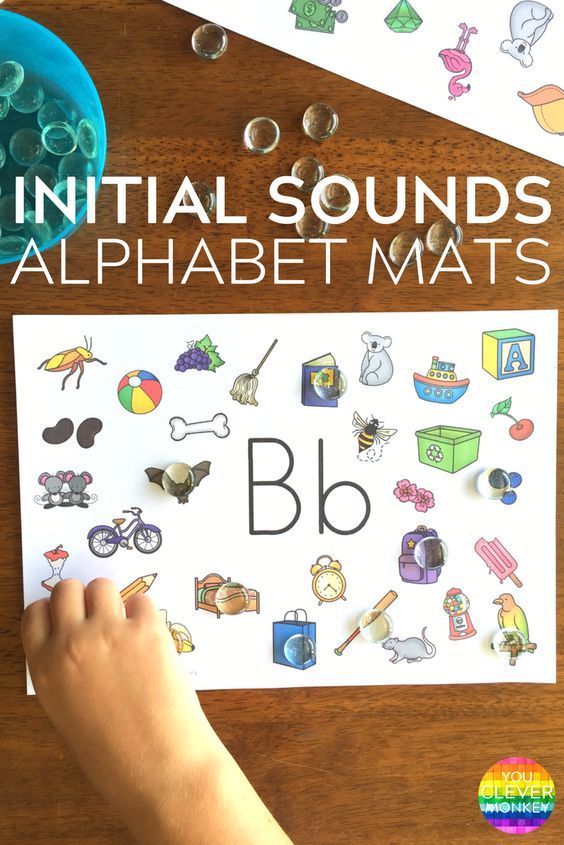 Teaching a child to write these words without errors is one of the most difficult tasks facing the teacher. In the work on the assimilation of words with unchecked spelling, a variety of methods and techniques that contribute to a strong memorization of the correct spelling are of particular relevance.
Teaching a child to write these words without errors is one of the most difficult tasks facing the teacher. In the work on the assimilation of words with unchecked spelling, a variety of methods and techniques that contribute to a strong memorization of the correct spelling are of particular relevance.
When working on such words, a certain difficulty for schoolchildren is a strong memorization of the spelling appearance of the word. It is known that memorization is facilitated by the involvement of various analyzers in the process of perception. Consequently, the exercises should be based on different types of memory. Given the psychology of children in elementary school (the predominance of figurative memory), you can use images to memorize vocabulary words.
Eidetism (“eidos.” in Greek image) is a kind of figurative memory, expressed in the preservation of bright, visual images of objects for a long time.
The following methods can be used :
1 . Method of graphic associations.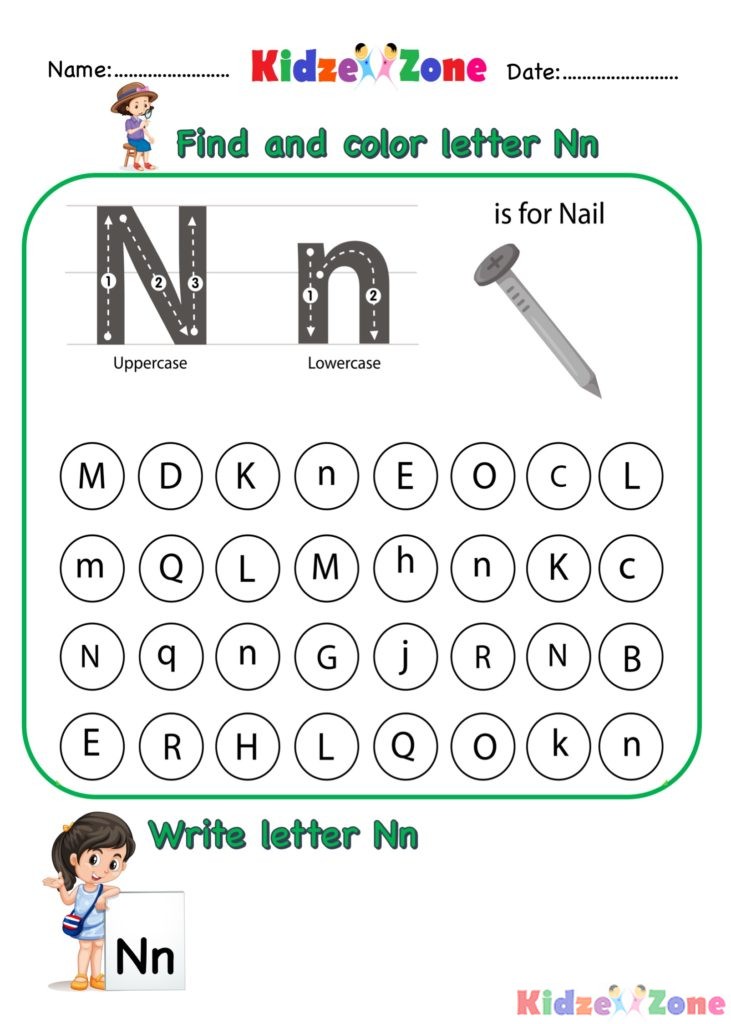
It is very effective to teach the spelling of difficult words with the help of emotionally colored visual images. To make this work more interesting. we use the following poem:
I got a difficult word -
This, brothers, is not a problem.
Let's draw a letter in the word,
Let's never forget.
So, we draw a difficult letter in a dictionary word in the form of some object, i.e. create an artistic image of the letter. Moreover, the drawing is connected with the meaning of the word and emotionally colored.
For example, let's study the word household. Pupils vied with each other to make suggestions on how to depict two difficult letters “o.” at once. in this word to remember them well :
- Similar to cymbals .
- Hay shaped.
- Can be drawn as pigs.
Summing up the results of such a fun contest of ideas, the teacher notes the successful answers of the children and brings to their attention a pre-prepared picture card:
HOUSEHOLD
Then the children willingly draw letters - images with a word that immediately became fun and memorable.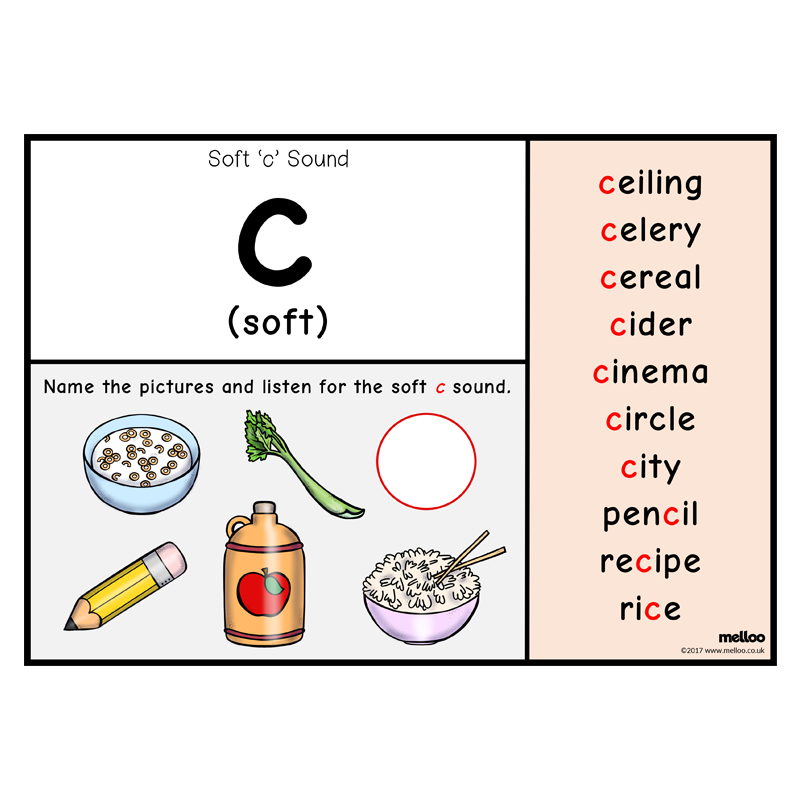 So the letter "o." in the word around they suggest to draw: some in the form of a sun, some in the form of a wheel, some - a clock.
So the letter "o." in the word around they suggest to draw: some in the form of a sun, some in the form of a wheel, some - a clock.
around
The work with other words is similar, where the letter appears before us in the form of a picture:
berry apple
This picture is well remembered and easily pops up in memory when needed. Over time, the skill is reduced and we remember the right word without an intermediate picture. It is clear that with such mastery of spelling, both figurative and emotional memory work.
walnut rocket
You can also pay attention to the sign when studying words with unchecked spelling. which is inherent only to this word, and then associate this feature with the spelling that needs to be remembered. For example, we study the word birch. We talk about birch, create an image, highlight the feature that distinguishes birch from other trees. Children immediately distinguish this feature: white birch.
White birch bark near our birch,
There is no tree in the world
And sweeter and more beautiful.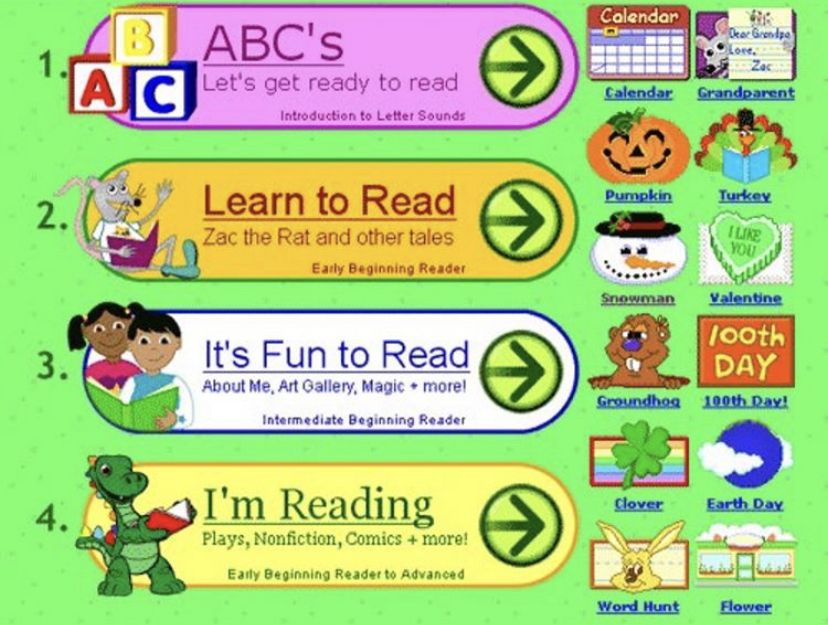
Yes, the birch has white bark. and then lines are given for memorizing the unstressed vowel e.
White birches all
After "b." write "e." .
When studying words with unverifiable spellings, work is carried out according to the algorithm:
1. I doubt, I bet. . 2. I research, I prove. 3. I am writing.
This method in the study of words with unverifiable spellings
is also called:
- the method of vivid associations (according to M. Gafitulin.)
b
Bereza L
A
I
-The use of schemes -risuins (according to Yaroshenkova.)
x*r*sh*
Vesel*r*
2. Method of sound (phonetic .) associations are used with a successful consonance of a phrase and a dictionary word:
I'll come tomorrow, , , For breakfast, cancer.
I'll bring breakfast, cheer.
(from the book "Merry Grammar.") grandfather in the village
tomorrow at the factory
children on duty
Masha’s car
washing the pencil case with foam
In this case, we call the words not test words, but clue words, at the same time we come up with a little fairy tale “for example, about how a dirty pencil case was washed with foam; girl Masha loved to play with a car and more.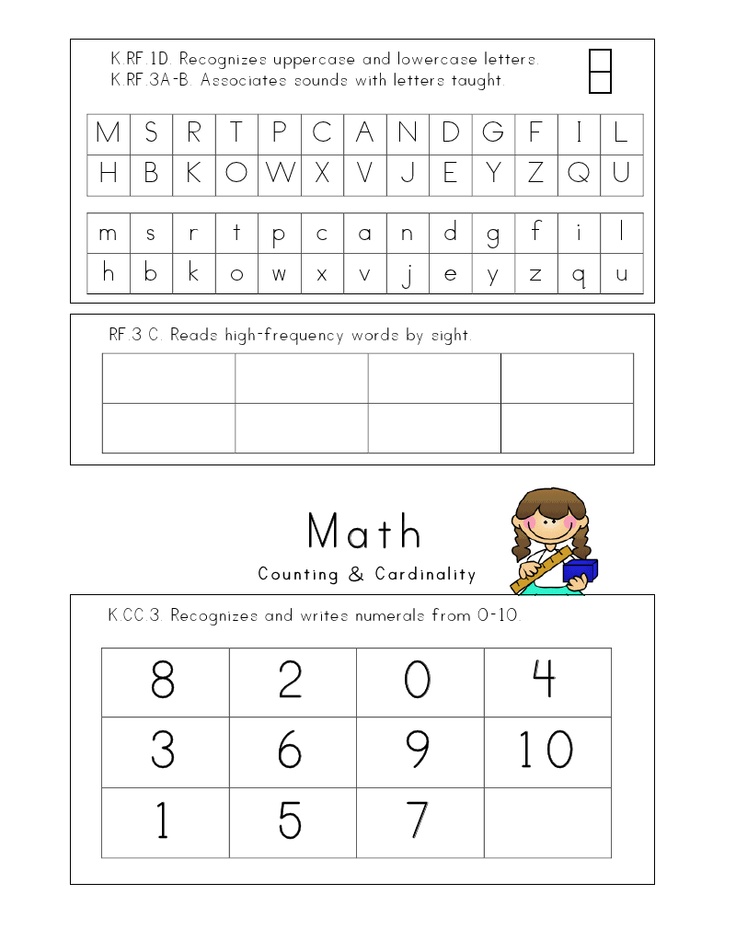 And how many problems there are with the word “dog.” The children and I came up with a fairy tale.
And how many problems there are with the word “dog.” The children and I came up with a fairy tale.
Once upon a time there was a dog, she loved to sleep, she was called Sonya.
Dog Sonya.
The following game strings can be used:
Difficult to learn words
The game helps us.
The rooster was called “Petya.” -
He likes to sing at dawn.
A bear, on the contrary,
Doesn't like to sing, loves honey. Fox - fox, look, He loves the letter -I very much.
So that the cow is not offended
And the milk does not sour,
Both of these friendly words, We will write in the root with the letter - O.
To correctly fix the spelling of a dictionary word, we use comic questions - riddles:
- What words does cancer live in? (breakfast, ROCKET)
- In what words are the notes hidden? (Tomato, Guys, Road)
- What are the words in which the numbers are hidden? (Motherland (1), forty (forty) and others.
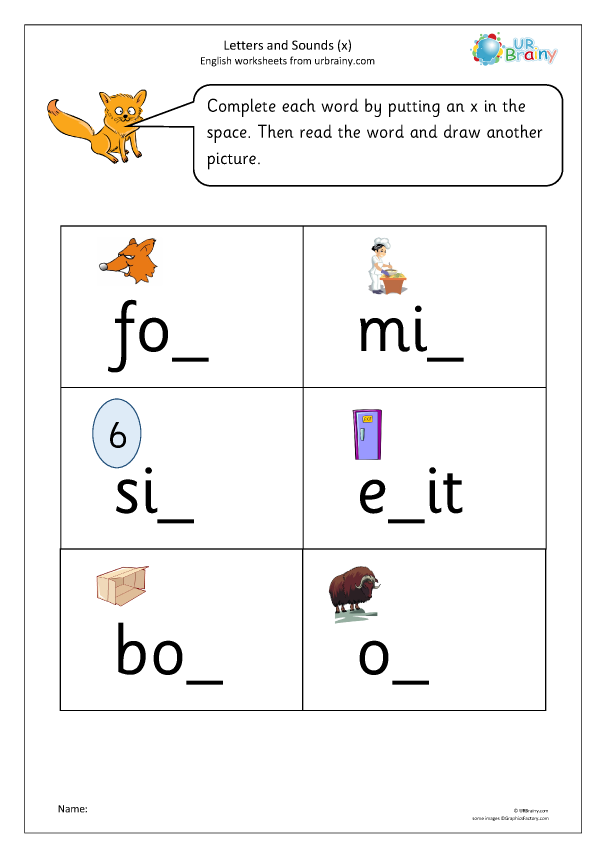
4. All words are good, but somewhere the hedgehog and snakes hid? (Duty, Dinner)
5. What words does the crow like? (Pencil, PICTURE, Potato.)
A frog? (KVartira, Moscow.)
The use of these methods gives a great effect, diversifies the lesson, making it more interesting, develops the attention and memory of students, contributes to a strong memorization of words with unchecked spelling.0003
Mnemonics, or How to subdue your memory | Media Portal
Teacher of the course of mnemonics, 4th year student of IPiO Nelly Meshcheryakova assures that you can develop your memory quite quickly.
Teacher of the course of mnemonics, 4th year student of IPiO Nelly Meshcheryakova assures that you can develop your memory quite quickly and at any age.
At least once, but each of us forgot where he left his car keys, did not remember the birthday of his closest relatives and friends or the phone number of a colleague in time.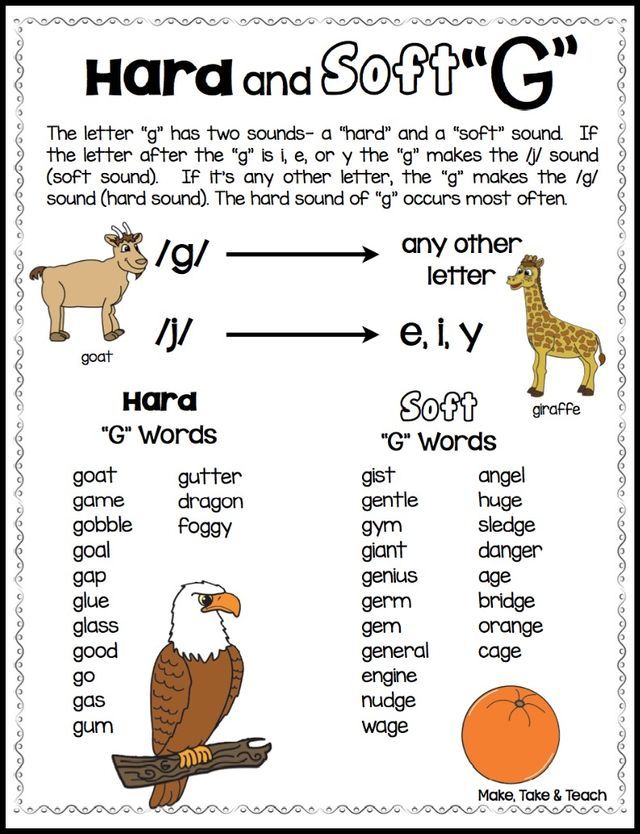 According to psychologists, between the ages of 40 and 65, people experience a persistent decline in memory, and in fact its development and maintenance in the right form is one of the remedies against Alzheimer's disease. Why are there adults - because of poor memory, children lose interest in learning.
According to psychologists, between the ages of 40 and 65, people experience a persistent decline in memory, and in fact its development and maintenance in the right form is one of the remedies against Alzheimer's disease. Why are there adults - because of poor memory, children lose interest in learning.
Lecturer of the course of mnemonics at the educational center for schoolchildren "Unium", 4th year student of IPiO Nelly Meshcheryakova assures that you can develop your memory quite quickly and at any age. And then you will not only learn entire lectures on an unloved subject, but even master several languages.
« We are used to writing down any information in electronic or notebooks. But you can put it in your brain. Then we will not depend on the batteries in the phone or the Internet in the tablet. And mnemonics will help with this.
Mnemonics - a set of rules and techniques that facilitate the process of memorizing information.
That is, mnemonics turn numbers and letters into vivid images that literally cut into our memory.”
Why do we need mnemonics? In order not to memorize, but quickly and with pleasure memorize phone numbers, bank cards, names and dates of birth of friends and acquaintances, information on study and work, foreign words, sequences of words (for example, a list of products) or even entire texts.
KD Ushinsky wrote: “Teach a child some five words unknown to him - he will suffer for a long time and in vain, but connect twenty such words with pictures, and he will learn them on the fly” .
“Speech therapists have long used mnemonics in their work: for each word or small phrase, a picture is invented and sketched or displayed, and the whole text is thus sketched schematically. Looking at these diagrams-drawings, the child easily reproduces textual information,” Nelli commented.
In addition, mnemonics helps in the development of connected speech, associative thinking; visual and auditory memory, visual and auditory attention, imagination. In a word, mnemonics can greatly simplify life if you know how to use it.
In a word, mnemonics can greatly simplify life if you know how to use it.
You might think that mnemonics appeared recently, but it has existed for several millennia, surrounds us everywhere, and we have used its methods in practice more than once. So, in mnemonics, the compilation of phrases for memorization is quite widespread. The most famous among them is "Every hunter wants to know where the pheasant sits." It "encodes" the colors of the rainbow: each starts with the same letter as the word in the phrase. The phrase about the order of the planets works in a similar way: “You can fly beyond Mars by making a jewelry turn near our planet.” Or the order of cases "Ivan gave birth to a girl ..."
« Mnemonics includes a set of tricks and methods for easy memorization. Mnemonic memorization consists of four stages: coding into images, memorization (combining two images), sequence memorization and fixing in memory. But the foundation of mnemonics is associations, so the key to success in memorization is to learn how to create correct and “strong” associations.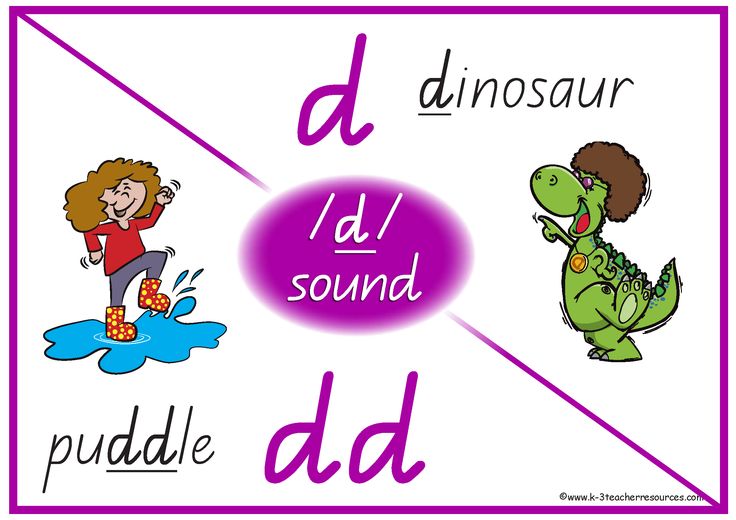 Only then can we move on.”
Only then can we move on.”
Consider the most important principles of mnemonics. Developed memory is based on two main factors - imagination and association. In order to memorize something new, you need to correlate this new thing with something, that is, make an associative connection with some already known factor, calling on your imagination to help. An association is a mental connection between two images. The more diverse and numerous the associations, the more firmly they are fixed in memory. Strange, illogical associations contribute to better memorization.
Nelly shared five rules for creating a "correct" association:
1. Association is the first thing that comes to your mind. It is necessary to create an image in your head that will evoke another in your memory and help you remember the information you need. The created association will become a hook when memorizing new information.
(pictured - Nelli Meshcheryakova)
2.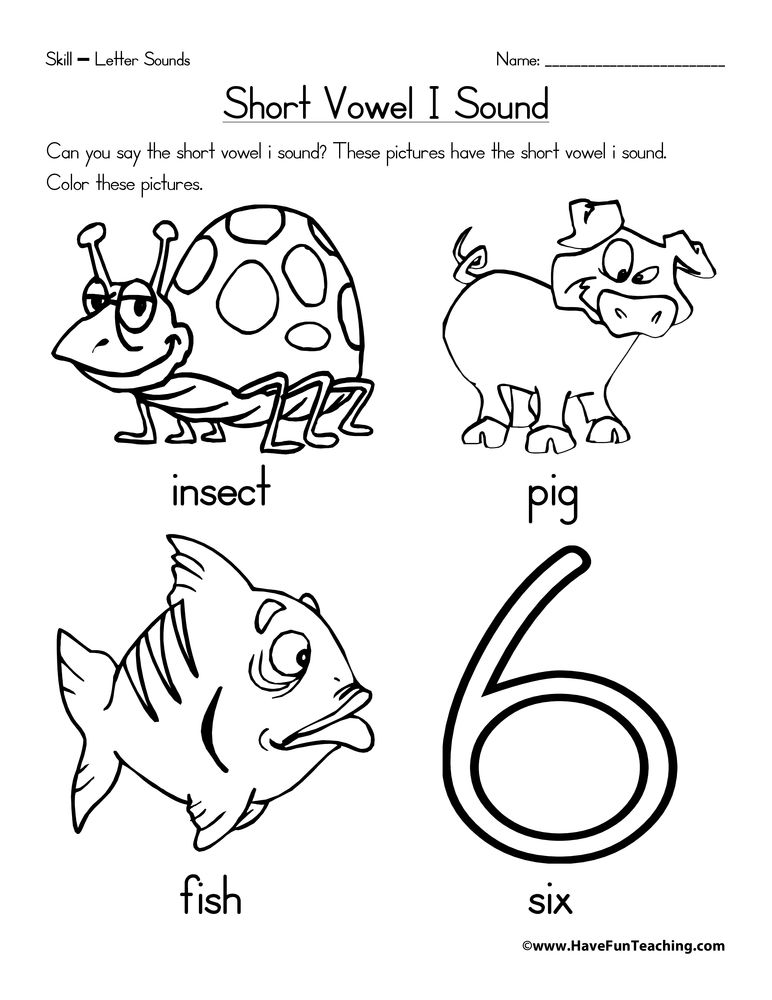 The association must be illogical and absurd. The more unusual a situation you create, the more it burrows into your brain. I repeat, the image is at the head of everything. If you can create an image of an object in your head, then you are already halfway to success.
The association must be illogical and absurd. The more unusual a situation you create, the more it burrows into your brain. I repeat, the image is at the head of everything. If you can create an image of an object in your head, then you are already halfway to success.
3. Images must be large, voluminous, colored, detailed. Turn on all your senses to visualize the picture as vividly as possible.
4. The association should be funny - let this be the first thing that comes to your mind.
5. The association should be only about yourself, because only what happens to you arouses the strongest interest and therefore is better remembered. When you read a paragraph on history and imagine yourself conquering Rome, then you will definitely remember more facts from this text.
To memorize the rule effectively, you need to set the created association in motion. "Movement" helps to vividly present the image.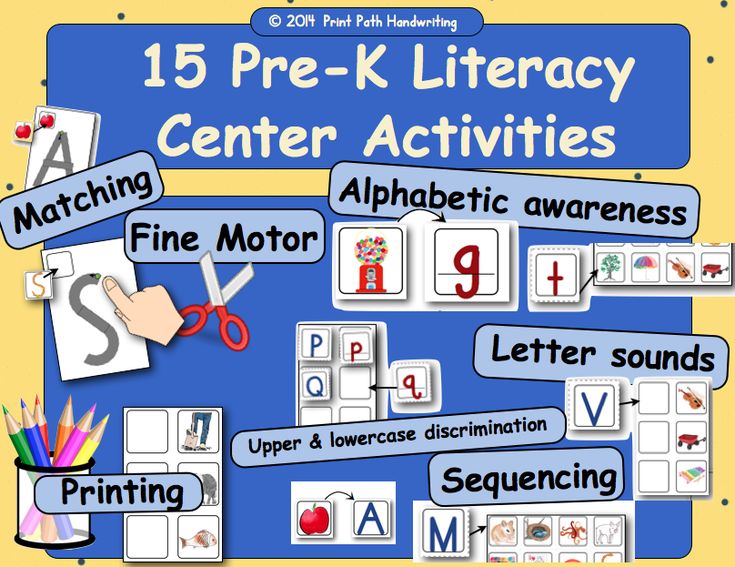 It makes the process of memorization not only simple, but also interesting.
It makes the process of memorization not only simple, but also interesting.
« For example, you need to remember two words: "cavalry" and "attic". You imagine that you go up to the attic and see cavalry there - horses with long bangs are standing, and warriors are sitting on them. They have their heads down to their chests because they don't fit in your tiny attic. You look at them and think: I came here for jam, but what did they forget here? And they answer you: “Exactly - what have we forgotten here?” - and fly out the window. And the jam flies after them, and you bitterly regret it. Having applied all the rules for building the right association, the brain firmly remembered these two words.
Which mnemonic methods to use depends on what you want to achieve: learn to memorize numbers, words, facts or learn a foreign language.
“There are no universal methods for developing memory. But there are a few tricks that everyone can practice every day.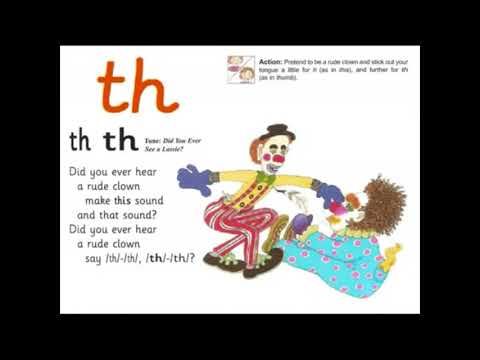 ”
”
Nelly's mnemonics techniques:
"Chain" is one of the basic techniques for memorizing a certain number of objects. The method is simple: imagine a bright image, and then glue it with the next one. The images are connected in association in pairs. The sizes of the images are approximately the same in each pair. When you have formed a connection between the first and second image, the first image is removed from consciousness by transferring attention to the second. After that, a relationship is formed between the second and third images, and so on. When a chain of images is remembered, three to five images appear in consciousness at once.
Let's say you need to buy cheese, powder and a light bulb in a store. Introducing a huge package of powder. A light bulb flies into it and white powder scatters across the plank floor. Cheese is strung on a light bulb ... and so a whole tower is built. Glues should be as effective as possible.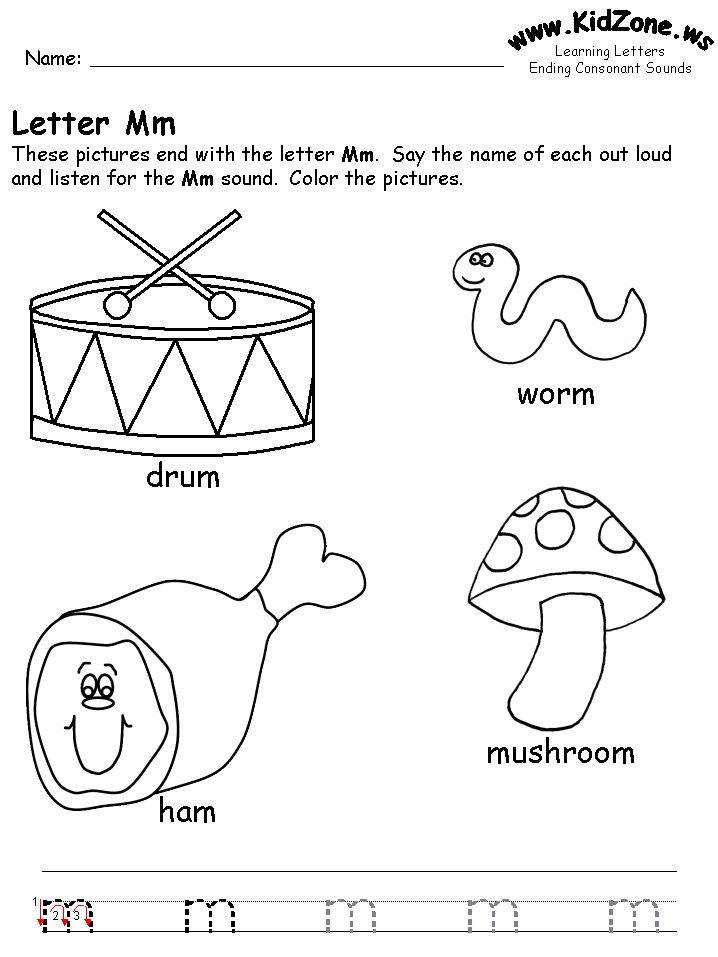 They say that this way you can remember a list of at least a hundred items. What you really need to go to the store.
They say that this way you can remember a list of at least a hundred items. What you really need to go to the store.
Reception "Matryoshka" . Experts say that it serves as the most optimal way of mnemonics. It is based on the combination of images in pairs, and the previous appearance of the association must always be greater than the next, that is, the impression is necessary that the first type of word includes the one following it. After their connection, it disappears from consciousness, the main image becomes the subsequent one, which mentally increases, and an association is created between words standing one after another. So, the images are constantly being introduced into each other, like a “matryoshka”. A classic example of this action, when it is necessary to connect two seemingly incompatible images, is “beauty and the beast”.
Hanger method is suitable for memorizing numbers. For each number, you need to come up with several associations or “hanger” words: 0 - bagel, 1 - stake, 2 - swan, 4 - chair, 8 - snowman . .. You can pick up rhyming words: zero - salt, two - owl ... We replace figures with pictures and come up with a coherent story. Voila - the phone number was stored in memory for a long time.
.. You can pick up rhyming words: zero - salt, two - owl ... We replace figures with pictures and come up with a coherent story. Voila - the phone number was stored in memory for a long time.
Cicero method. According to legend, Cicero, when preparing for his speeches, took a walk and mentally placed important points of his speech everywhere. Then, remembering the situation at home, he remembered the key phrases.
This method will help you memorize words in English class, sequence of events in history lessons, new concepts in biology and chemistry lessons. Any subject can be used. Everyone regularly sees the same visual images. These are items in the apartment, office. These are objects on the street you often walk on, at home, at work, in the classroom. So, you choose 10 items that you will use for memorization. After that, for each subject, come up with a subject for memorization. And an association with it. For example, you take a word in English and think of how it is related to a flower on the windowsill.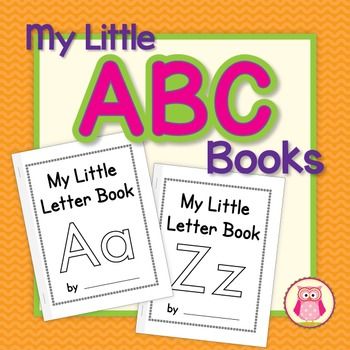
What if you urgently need to memorize a few foreign words?
" With the help of mnemonics, it's possible to learn hundreds of English words in one day" , says Nelly.
For example, we need to remember the word "pillow" - a pillow. We select a sound association - "fish-saw". We connect the pillow and the sawfish. And we come up with a story: a pillow maniac comes to you with a sawfish and starts sawing your pillow with a terribly unpleasant “peeeee” sound. Feathers scatter in different directions - otherwise it was a gift from your beloved grandmother and you are terribly sorry for her.
So, by applying the rules for constructing an association, we memorized an English word. To reproduce this story in memory, you only need 3 seconds. And when you hear the word "pillow" ("pillow") - you will remember the combination "fish-saw", and it will hook the word "pillow" out of memory.
If we turn to theory, then three types of associations are used in mnemonics: sound (pillow-saw), semantic (cavalry and attic) and visual.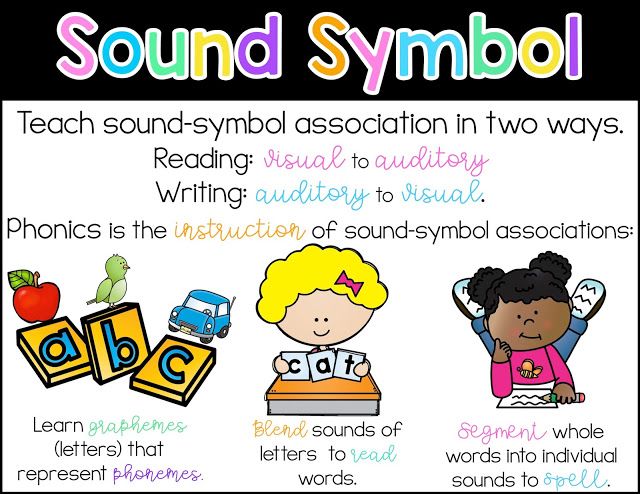 The latter is used in elementary school lessons.
The latter is used in elementary school lessons.
« Difficult to write, dictionary words are represented graphically: for example, the word "cassette" can be drawn as a cassette, in the holes of which two letters "C" are hidden.
There are many examples of visual association: in the word "weather" instead of the letter "o" you can draw the sun. Unverifiable "o" in the words "carrot", "cucumber", "crow", "milk" can be remembered by drawing a crow with earrings in the form of two "o" or a bottle of milk with three rings thrown over it. The drawn carrot twists two hoops around the waist, and the cucumber drives the hoop in front of him. Now the spelling of these words will remain in the memory forever. Even the rules can be drawn. For example, the rule “The particle “not” with verbs is written separately” can be depicted as a football player-verb hitting the ball-particle.
And if you need to remember some dates, then you can use image numbers that you can string like beads on the thread of your memory. For example, the year of the capture of Kazan by Ivan the Terrible (1552) is depicted as follows: one - in the form of a spear, five - stars sparkling on the helmets of Russian soldiers, two - a swan flying from the Syuyumbike tower. To make the date even better in memory, you can make a proposal from the names invented for the numbers of the drawings. The funnier it is, the better the desired date will be remembered.
For example, the year of the capture of Kazan by Ivan the Terrible (1552) is depicted as follows: one - in the form of a spear, five - stars sparkling on the helmets of Russian soldiers, two - a swan flying from the Syuyumbike tower. To make the date even better in memory, you can make a proposal from the names invented for the numbers of the drawings. The funnier it is, the better the desired date will be remembered.
The difference between mnemonics and cramming is that in the second case, a person reads and then repeats many times, memorizing in this way. And thanks to mnemonics, information is remembered immediately, but then it needs to be repeated following a certain algorithm.
« In mnemonics, as in any other skill, it is important to practice regularly. After all, memory is a muscle that must always be kept in good shape. I recommend exercising regularly. Over time, this will become a habit, and you will no longer be able to remember differently, as you did before.
